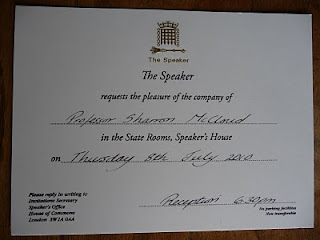Listening to the perspectives of children and young people with speech, language and communication needs
University of the West of England (UWE), Bristol, UK
Wednesday 14th July, 2010
This day drew people from across the UK presenting many different perspectives on listening to children and young people with speech, language and communication needs (SLCN). Participants included young people and parents of children with SLCN, social workers, policy makers, speech and language therapists, psychologists, nurses, teachers, academics, PhD students and publishers.
Invited speakers
• Sharynne McLeod (CSU) presented “The whys and hows of listening to children"
•
Abigail Beverly spoke about her life as a young person with a speech and language difficulty and her current work running the girls’ group at the Afasic youth group and as an artist
• Sue Roulstone (SLTRU/UWE) spoke about The Bristol Project: A film about five teenage boys to explore the research question “What is it like to be a teenager with speech and language difficulties”. The resulting film focussed on their interests, enthusiasm, and positive contributions.
• Jane Coad (UWE) spoke presented “Using an arts based approach to elicit the views of children and young people with speech, language and communication needs
• Barry Percy-Smith (UWE) presented “Children and voice: The struggle for recognition of children’s perspectives”
Additionally, the other 19 participants provided a summary of their work and the ways that they had listened to children and young people with speech, language, and communication needs. As an outcome of the day we are writing an edited book about this important topic and aim to have it available in 2011, the UK year of the child with speech, language, and communication needs.
















